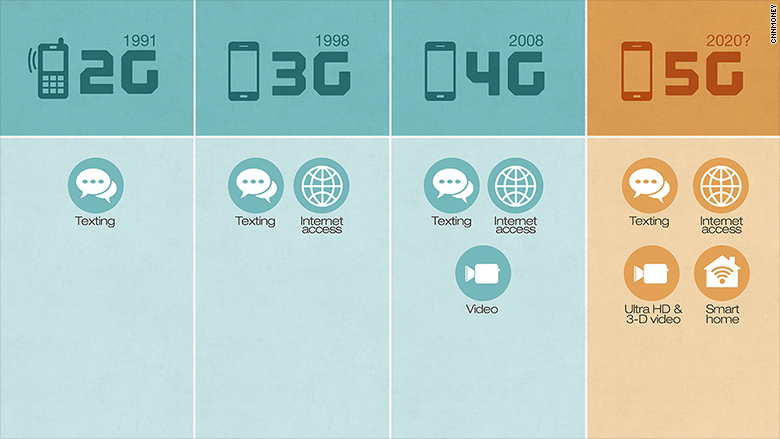5G Radiation and Pores and skin Cancer

This article covers the topic of 5G radiation, a non-ionizing form of electromagnetic radiation. Since 5G radiation is small, it does not possess the capability of breaking the bonds between chemical molecules in biological tissue or cause any alteration to cells. It is not known whether 5G radiation can affect the risk of developing skin cancer, and there is no evidence that has been discovered to suggest that it could cause other illnesses.
Millimeter-wave radiation with high frequency
High-frequency millimeter-wave radiation from mobile devices and wireless networks could cause health effects to human beings. There are several ways this radiation could cause harm. In 5g towers radiation may cause damage to a person's DNA. In other instances it could cause damage to other areas of the body, such as the brain.
Recent studies have shown that 5G technology could induce thermal heating in tissues. As a result, scientists from International Council on Non-Ionizing Radiation Protection (ICNIRP) has called for a review of existing safety standards for biological and thermal safety. The current standards for exposure do not protect people from excessive heating in the event of exposure to millimeter wave pulses.
5g radiation symptoms
There is no definitive answer yet to the question of whether the 5G radiation can cause skin cancer. However, it is believed that 5G RF-EMFs behave like high-LET ionizing radiations. In turn, they can produce high levels of free radicals within the skin. The FCC has not yet issued any specific guidelines about the risks of 5G technology. The debate on the subject continues.
Although there are a number of studies on the effects of higher-frequency radio waves on the health of humans but they've remained restricted in their the scope. However, there is concern over the effects of millimeter-wavelength exposure on oxidative stress and gene expression. These effects could be extended to the skin and various organs, including the brain.

5g towers radiation of other diseases
The latest generation of technology for wireless called 5G is rapidly growing in popularity however, scientists are warning of its possible health risks. 5G technology is expected to significantly increase the quantity of electromagnetic radiation that is found in our surroundings. This issue has led to debates in a variety of countries including Switzerland. In September 2017 390 scientists and doctors have backed a motion to put the suspension of 5G technology. The motion was not taken seriously by the European Commission, which is responsible for regulating the use of 5G technology.
As a result there is a need for more research to assess the health effects of 5G. While we wait research has shown that 5G isn't causing the same adverse effects on humans as the radiation from older mobile networks. Additionally, it does not transmit an entirely new strain of coronavirus. In addition, it does not make people more vulnerable to infections caused by viruses.
Measurement of exposure
Monitoring the radiation exposure of 5G is an essential component of the security of 5G networks. There are two ways to determine exposure. One is to measure the RF power that is absorbed by human tissue. The other involves measuring the amount of radiofrequency energy emitted by an object. The term "radiofrequency energy" (RF) is an energy field that originates through radio transmitters.
In the United States, the FCC has set a limit on the power density of mobile devices running 5G. The tests are able to measure power density at a distance of a few inches, and it is the FCC does not have to measure every beam. However, it is possible to determine the energy density for each beam can be estimated by computer simulation. The most likely scenario is selected according to the design of each beam.
The study has its limitations
There's been a lot of discussion about whether 5G radiation will affect the health of humans. The Swiss authorities, for example has issued an assessment that concludes that the technology has no health effects in the short term, however, there aren't any studies which have shown long-term effects. However, this report contains a number of problems and bias in reports.
The frequency and power of the radio waves that generate energy are determined by the frequency. The energy carried by a millimetre wave will be similar to the frequency of radio waves currently, but they are much less visible and will be ideal for high-density settings, since they will not be obscured by walls or glass. Urban areas with high density would require many smaller, low-power locations, while suburban areas would benefit from 5G networks that operate at lower frequency.
